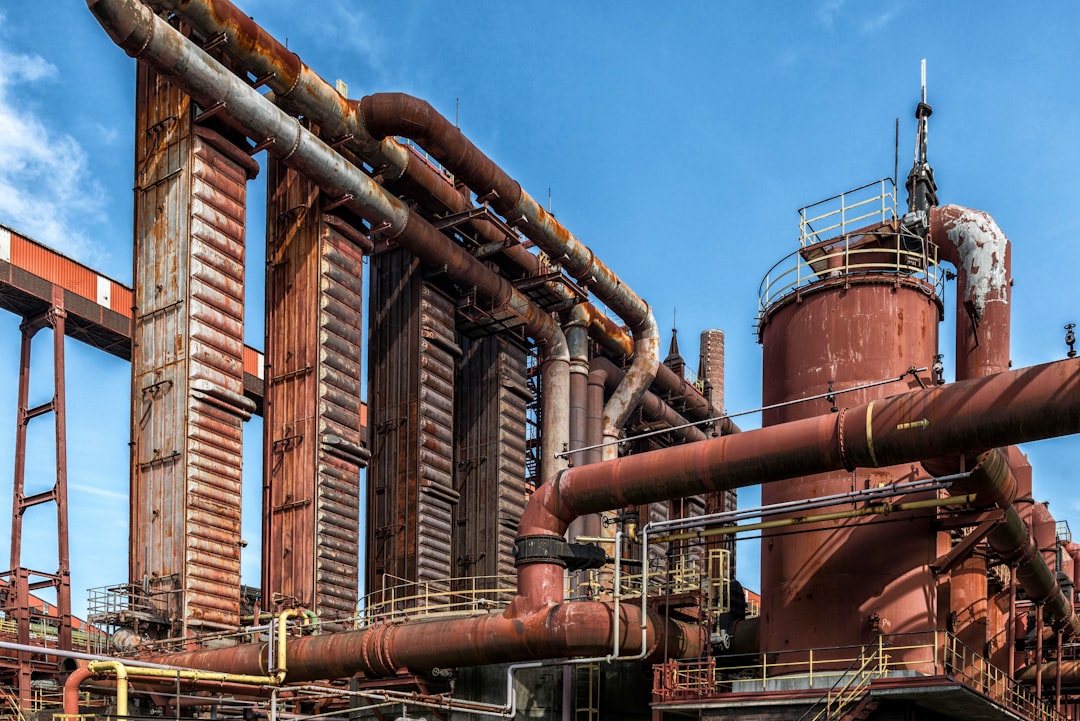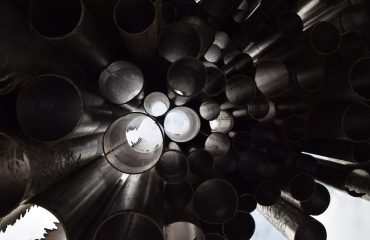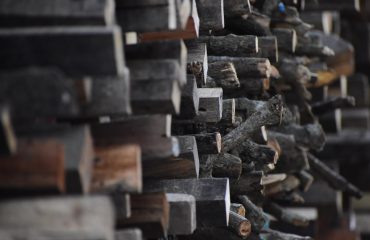Energy projects, whether they involve oil and gas extraction, power generation, or renewable energy infrastructure, rely heavily on efficient and reliable piping systems. Choosing the wrong pipe can lead to catastrophic failures, costly downtime, environmental damage, and safety hazards. This comprehensive guide will walk you through the critical factors to consider when selecting pipes for your energy project, ensuring optimal performance and longevity.
1. Material Matters: Choosing the Right Pipe Material for Your Application
The material of the pipe is the cornerstone of its performance. The choice depends heavily on the fluid being transported, the operating temperature and pressure, and the environmental conditions. Common materials include:
- Carbon Steel: A cost-effective option for many applications, particularly for transporting oil and gas at moderate pressures and temperatures. However, it’s susceptible to corrosion, requiring protective coatings or linings in certain environments.
- Stainless Steel: Offers superior corrosion resistance compared to carbon steel, making it ideal for applications involving aggressive chemicals or high-purity fluids. Different grades of stainless steel (e.g., 304, 316) offer varying degrees of corrosion resistance and mechanical strength.
- Duplex Stainless Steel: Combines the strength of carbon steel with the corrosion resistance of stainless steel, making it suitable for high-pressure and high-temperature applications.
- Alloy Steel: Provides enhanced strength and resistance to creep and oxidation at elevated temperatures, crucial for power generation and high-temperature processes.
- Plastic Pipes (e.g., PVC, HDPE): Lightweight and corrosion-resistant, suitable for lower-pressure applications and non-aggressive fluids. Their use is often limited by temperature restrictions and potential degradation under UV exposure.
Careful consideration of the material’s properties and compatibility with the transported fluid is essential to prevent corrosion, leaks, and premature failure.
2. Pressure and Temperature: Handling the Demands of High-Energy Environments
Energy projects often involve high pressures and temperatures. The pipe’s design pressure (the maximum pressure it can safely withstand) and temperature rating must exceed the anticipated operating conditions with a significant safety margin. This ensures the integrity of the pipeline and prevents catastrophic failures. Factors to consider include:
- Pressure Rating: Expressed in pounds per square inch (psi) or other pressure units, this indicates the pipe’s ability to withstand internal pressure. The selected pipe’s pressure rating should significantly exceed the maximum operating pressure.
- Temperature Rating: Specifies the maximum operating temperature the pipe can withstand without significant loss of strength or material degradation. High temperatures can lead to creep (slow deformation under stress) and reduced lifespan.
- Pressure-Temperature Rating Charts: Manufacturers provide these charts for their pipes, showing the permissible pressure at various temperatures. These charts are crucial for accurate pipe selection.
Incorrect pressure and temperature ratings can lead to pipe rupture, leaks, and serious safety incidents.
3. Diameter and Flow Rate: Optimizing Fluid Transport Efficiency
The pipe’s diameter directly impacts the flow rate and pressure drop. An appropriately sized pipe ensures efficient fluid transport while minimizing energy loss due to friction. Factors to consider include:
- Flow Rate: The volume of fluid transported per unit time. A higher flow rate typically requires a larger diameter pipe.
- Pressure Drop: The decrease in pressure along the pipe length due to friction. A larger diameter pipe reduces pressure drop, leading to more efficient transport.
- Hydraulic Calculations: Engineers use specialized software and calculations to determine the optimal pipe diameter based on the desired flow rate, fluid properties, and acceptable pressure drop.
Improper sizing can lead to inefficient fluid transport, increased energy consumption, and potential equipment damage.
4. Joining Methods: Ensuring Seamless and Reliable Connections
The method used to join pipes is crucial for the integrity of the entire system. Different joining methods offer varying levels of strength, reliability, and cost-effectiveness. Common methods include:
- Welding: Provides a strong and permanent joint, suitable for high-pressure applications. Requires skilled welders and adherence to strict quality control procedures.
- Flanged Connections: Allow for easy disassembly and maintenance. Bolted flanges provide a reliable seal but can be more expensive and time-consuming to install.
- Threaded Connections: Simple and relatively inexpensive for smaller diameter pipes, but may not be suitable for high-pressure applications.
- Couplings and Fittings: Used to connect pipes of different sizes or materials. Ensure compatibility with the pipe material and operating conditions.
The selection of joining method should consider factors such as pressure, temperature, ease of maintenance, and cost.
5. Codes and Standards: Adhering to Regulatory Requirements
Energy projects are subject to stringent regulations and safety standards. Selecting pipes that comply with relevant codes and standards is crucial for ensuring safety and legal compliance. These codes often specify material requirements, pressure ratings, testing procedures, and installation guidelines. Examples include:
- ASME B31.1: Power Piping Code
- ASME B31.3: Process Piping Code
- API 5L: Line Pipe
- ASTM Standards: Provide specifications for various pipe materials and properties.
Non-compliance with these standards can lead to legal penalties, project delays, and safety hazards.
Choosing the right pipe is a critical decision in any energy project. Careful consideration of the factors discussed above – material, pressure, temperature, diameter, joining methods, and compliance with codes and standards – is essential for ensuring the safety, efficiency, and longevity of your pipeline system.
Tags: energy piping, pipe selection, pipeline design, industrial piping, energy project management




